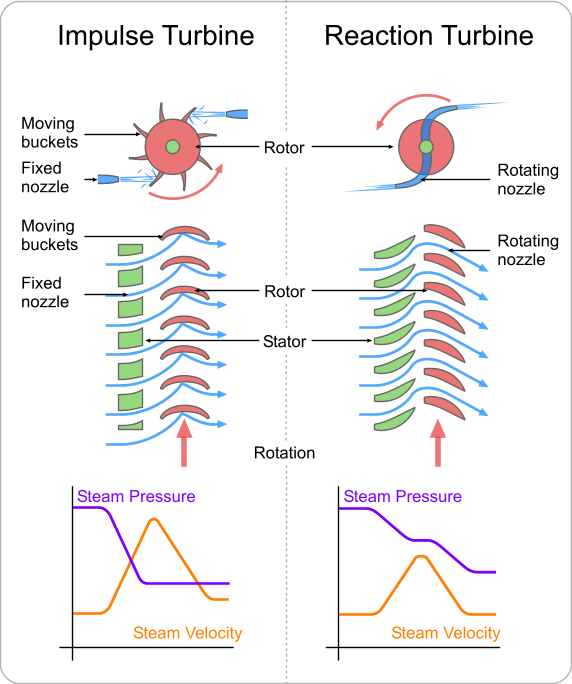From January to April, the industrial added value above designated size increased by 5.8% from the same period last year. Among them, the added value of chemical raw materials and chemical manufacturing increased by 9.1% year-on-year.
Looking at the three categories, in April, the mining industry increased by 0.1% year-on-year, the manufacturing industry increased by 6.9%, and the electricity, heat, gas and water production and supply industries increased by 1.9%.
In terms of economic types, in April, the value-added of state-owned holding companies fell by 0.1% year-on-year; collective enterprises rose by 1.6%, joint-stock enterprises rose by 7.1%, and foreign-invested companies and Hong Kong, Macao, and Taiwanese investment companies increased by 2.6%.
In terms of sub-sectors, in April, the value added of 35 industries in 41 major industries maintained a year-on-year growth. Among them, the agricultural and non-staple food processing industry increased by 7.5%, the textile industry increased by 7.0%, the chemical raw materials and chemical products manufacturing industry increased by 10.0%, the non-metallic mineral products industry increased by 9.3%, the ferrous metal smelting and rolling processing industry decreased by 0.3%, non-ferrous metals The smelting and rolling processing industry increased by 11.0%, the general equipment manufacturing industry increased by 3.8%, the special equipment manufacturing industry increased by 5.0%, the automobile manufacturing industry increased by 12.1%, and the railway, shipbuilding, aerospace and other transportation equipment manufacturing industries increased by 3.6%. Equipment and equipment manufacturing increased by 8.3%, computers, communications and other electronic equipment manufacturing increased by 8.3%, and electricity and heat production and supply increased by 0.6%.
In terms of regions, in April, the value added in the eastern region increased by 5.9% year-on-year, the central region increased by 7.1%, the western region increased by 7.3%, and the northeast region decreased by 1.3%.
From a product perspective, in April, 352 products out of 588 products increased year-on-year. Among them, 96.68 million tons of steel, an increase of 0.5%; cement 216.26 million tons, an increase of 2.8%; ten kinds of non-ferrous metals 4.25 million tons, an increase of 1.7%; ethylene 1.47 million tons, an increase of 17.5%; autos 2.202 million, an increase of 4.3% The number of sedan cars was 937,000, a decrease of 3.2%; the electricity generation amount was 444.4 million kwh, which was a decrease of 1.7%; the crude oil processing volume was 44.75 million tons, an increase of 2.4%.
In April, the sales rate of industrial enterprises was 97.5%, which was a decrease of 0.2 percentage point from the same period of last year. The export value of industrial enterprises realized 922 billion yuan, a nominal decrease of 1.0% year-on-year.
A reaction turbine is a type of Steam Turbine that works on the principle that the rotor spins, as the name suggests, from a reaction force rather than an impact or impulse force.
In a reaction turbine there are no nozzles to direct the steam like in the impulse turbine.
Instead, the blades that project radially from the outer edge of the rotor are shaped and mounted so that the shape between the blades, created by the cross-section, create the shape of a nozzle. These blades are mounted on the revolving part of the rotor and are called the moving blades.
The fixed blades, which are the same shape as the moving blades, are mounted to the outer casing where the rotor revolves and are set to guide the steam into the moving blades. Below is a simple diagram of reaction turbine blades:
Reaction Turbine Principle:
In the case of reaction turbine, the moving blades of a turbine are shaped in such a way that the steam expands and drops in pressure as it passes through them. As a result of pressure decrease in the moving blade, a reaction force will be produced. This force will make the blades to rotate.

Reaction Turbine Working:
A reaction turbine has rows of fixed blades alternating with rows of moving blades. The steam expands first in the stationary or fixed blades where it gains some velocity as it drops in pressure. Then enters the moving blades where its direction of flow is changed thus producing an impulse force on the moving blades. In addition, however, the steam upon passing through the moving blades, again expands and further drops in pressure giving a reaction force to the blades.
This sequence is repeated as the steam passes through additional rows of fixed and moving blades.
Note that the steam pressure drops across both the fixed and the moving blades while the absolute velocity rises in the fixed blades and drops in the moving blades.
The distinguishing feature of the reaction turbine is the fact that the pressure does drop across the moving blades. In other words, there is a pressure difference between the inlet to the moving blades and the outlet from the moving blades.
Special Aspects of Reaction Turbines
- There is a difference in pressure across the moving blades. The steam will, therefore, tend to leak around the periphery of the blades instead of passing through them. Hence the blade clearances as to maintain as minimum as possible.
- Also, due to the pressure drop across the moving blades, an unbalanced thrust will be developed upon the rotor and some arrangement must be made to balance this.
Reaction Steam Turbine
Shandong Qingneng Power Co., Ltd. , https://www.qnpturbines.com